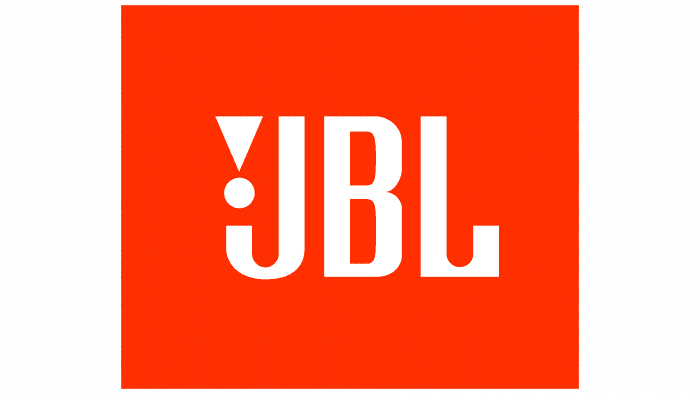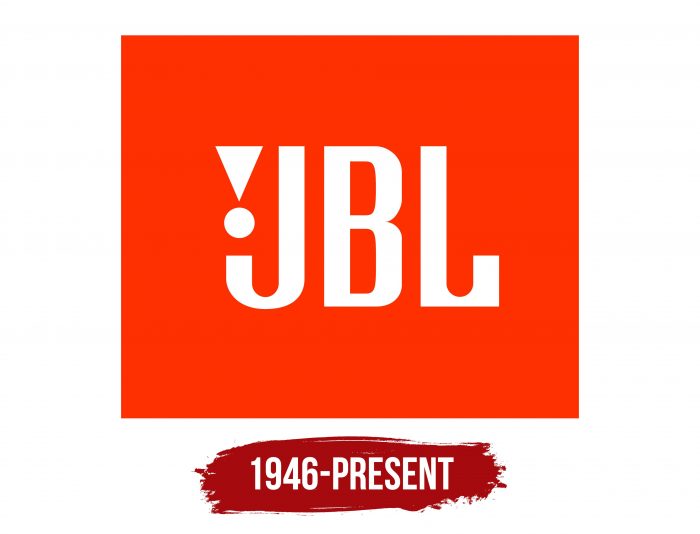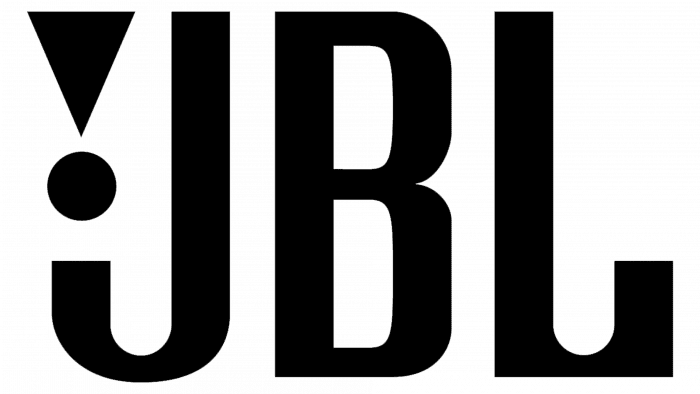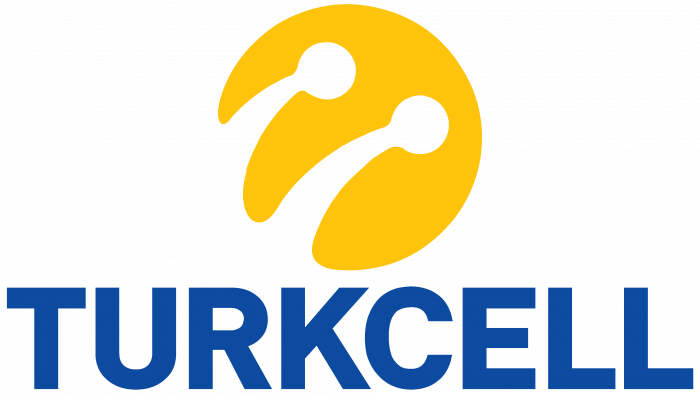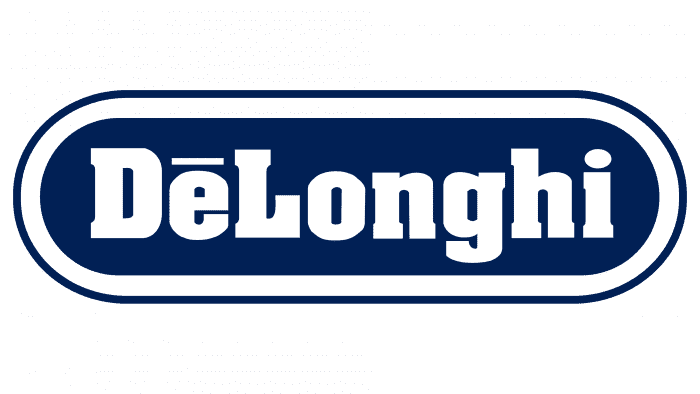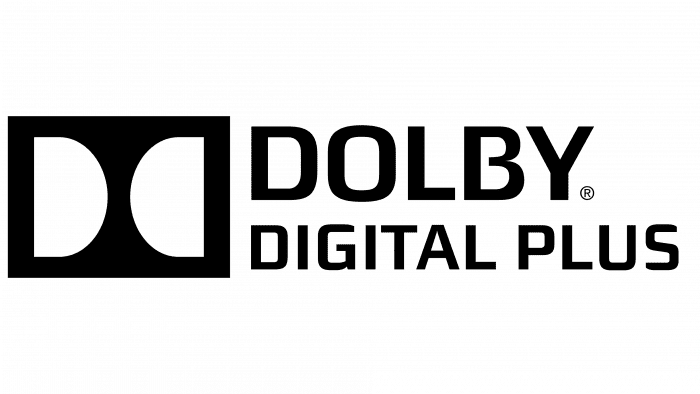The JBL logo conveys the same energy and power as the potent sound of its speakers. For the manufacturer of acoustic systems, this is a key characteristic, as it attests to the high quality of the products. The emblem captivates with its inherent aggression.
JBL: Brand overview
| Founded: | 1946 |
| Founder: | James Bullough Lansing |
| Headquarters: | Los Angeles, California, United States |
| Website: | jbl.com |
Meaning and History
The company’s first logo appeared in 1946. Even then, the inscription “JBL” held a central place on it. The brand name originated from the initials of the creator, James Bullough Lansing. The abbreviation was inside a gray circle, which represented a dot under a huge exclamation mark. To the right, the word “signature” was highlighted in italics. The smooth font with soft lines imitates calligraphic handwriting.
This original concept was devised by Jerome Gould, a graphic design guru and the author of the famous Pepsi brand. However, several years later, Arnold Wolf, the current president of JBL, intervened. He himself reworked the emblem, combining the main symbol (a stylized exclamation mark consisting of a circle and a triangle) with the updated inscription. He then placed them in the center of a red-orange rectangle.
What is JBL?
JBL is an American manufacturer of sound reproduction devices, including acoustic systems, headphones, and speakers. The company was founded in 1946 by the innovative engineer James Bullough Lansing and was named in his honor. Today, JBL is one of the most well-known brands in the audio equipment industry and is part of Harman International Industries.
The improved logo was used on all types of products – from stationery to packaging. Due to the low quality of printing, the manufacturer resorted to a trick and, in some cases, used the trademark with red letters and a white background. Subsequently, the brand’s owners released a book titled JBL Graphic Standards, which lists all the permissible logo variations.
JBL: Interesting Facts
JBL stands for James B. Lansing Sound, Inc., a famous American brand that makes good speakers and headphones. James Bullough Lansing started it in 1946, and since then, JBL has been a big name for people who love listening to music, whether they’re just enjoying tunes at home or mixing sounds in a music studio.
- Two Sides of the Business: JBL makes gear for everyone, from regular folks who want great sound at home to professionals who need top-quality equipment for making and playing music.
- Cool Tech: In the 1960s, JBL introduced the L-100 Century loudspeaker, which many people loved because it sounded amazing and cool.
- Movies Sound Better: JBL helped create sound systems for movies that make you feel like you’re right in the action. Many cinemas around the world use JBL speakers.
- Famous Moments in Music: JBL’s equipment was used at big events like Woodstock and the Monterey Pop Festival, which were important in music history.
- Inventing New Stuff: JBL has created many new technologies for speakers that have made them sound better and last longer. One big invention was a new kind of driver in the 1980s that’s still used today.
- Winning Awards: People worldwide love JBL for its quality, and it’s won many awards for being so good.
- Caring for the Planet: JBL uses recycled materials and other green ideas to make its products and packaging better for the environment.
- Sports Partnerships: JBL works with the NBA and other sports groups, showing that it’s about music about bringing exciting sound to sports fans.
- Going Wireless: JBL offers Bluetooth speakers and headphones that let you listen to music without getting tangled in wires, and they even have smart speakers you can talk to.
- Top Choice for Headphones: Lately, JBL has become popular for its headphones because they sound great, cut out noise from around you, and are comfy.
JBL has been about making the best sound for a long time, from its early days to now. Whether watching a movie, listening to music, or at a live concert, JBL’s technology and innovation have helped improve those experiences.
Font and Colors
The main element of the logo is the “JBL” inscription, executed in a bold, strict sans-serif font. The letters combine straight angles and curves simultaneously, making them original. A small exclamation mark complements the abbreviation. It has harmoniously fit in front of the letter “J,” balancing its geometric shape. This is the symbol that designer Jerome Gould invented many years ago: an acute-angled triangle with a circle.
The color palette of the label is limited to several shades. The classic version is white, orange, or red. Additional options include black letters on a white background or vice versa. The branding rights, including the registered emblem, belong to the parent company, Harman International Industries.
JBL color codes
| Orange | Hex color: | #ff6600 |
|---|---|---|
| RGB: | 255 115 0 | |
| CMYK: | 0 55 100 0 | |
| Pantone: | PMS Bright Orange C |
